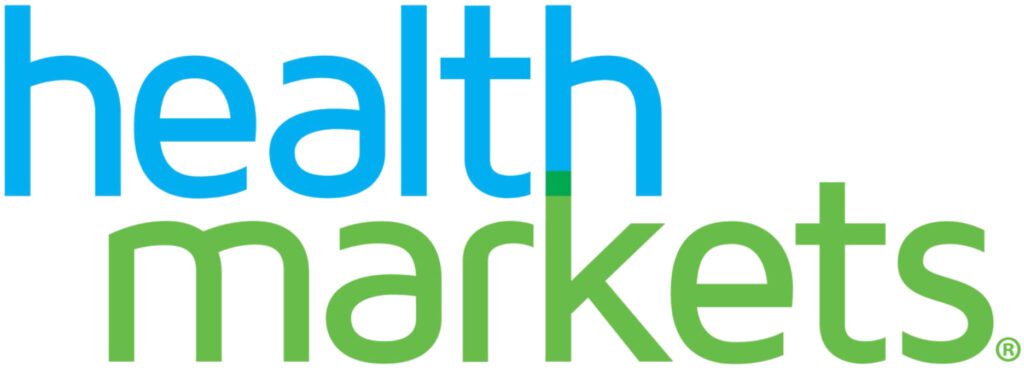- IRMAA raises Medicare premiums for high-income beneficiaries, but using tax-efficient strategies can reduce costs and help manage surcharges effectively.
- Appeal your IRMAA if life events lower your income, potentially saving hundreds on Medicare premiums by submitting Form SSA-44 and relevant documentation to the SSA.
- Roth IRA conversions and delaying Social Security benefits can help keep your income below IRMAA thresholds, reducing Medicare premiums over time.
While Medicare is designed to be a universally accessible system, IRMAA creates a tiered structure where higher earners pay more for the same coverage. Since it directly impacts Medicare premiums, it’s important to know about the steps you can take to manage or mitigate its impact..
Understanding IRMAA and Its Purpose
IRMAA adjusts standard Medicare Part B and Part D premiums for individuals whose modified adjusted gross income (MAGI) exceeds certain thresholds. The Social Security Administration (SSA) determines if a beneficiary is subject to IRMAA based on their reported income from two years prior. For instance, the amount for 2024 is determined by income from 2022. The rationale behind IRMAA is to make sure that wealthier individuals contribute more to the healthcare system, reflecting their ability to pay higher premiums.
The income thresholds for IRMAA are updated annually, and as of 2024, they start at $97,000 for individuals and $194,000 for couples filing jointly. As your income increases, so will the IRMAA, leading to significantly higher premiums for Medicare Parts B and D.
How Does It Affect You?
Medicare Part B covers physician services, outpatient care, and other medical services, while Part D covers prescription drugs.
For instance, a Medicare Part B premium in 2024 is $174.70 per month for most beneficiaries. However, a high-income individual subject to IRMAA could see their Part B premium rise to over $500 monthly. Similarly, for Medicare Part D, which is administered through private insurers, IRMAA adds a surcharge to the existing plan premium, making the overall cost significantly higher for prescription drug coverage.
This can create cash flow challenges, especially for retirees who may not have anticipated these additional expenses when planning for retirement.
Steps You Can Take to Manage IRMAA
Although IRMAA can be a financial strain, there are ways for you to manage your Medicare benefits in your favor. Understanding the factors that influence IRMAA, planning, and considering potential changes in income can help reduce some of the financial burdens associated with higher Medicare premiums.
Here are some of the strategies you can consider.
Understanding the Calculation
To better manage IRMAA, it’s necessary to understand how it’s calculated. The SSA looks at your MAGI (modified adjusted gross income), which includes your adjusted gross income (AGI) plus tax-exempt interest. This can include wages, dividends, capital gains, and other forms of income. Familiarizing yourself with what’s counted toward your MAGI can help you anticipate whether or not you will be subject to IRMAA in future years.
It’s also important to note that this is based on income from two years prior. If your income has significantly changed since then, you may be eligible to request a reconsideration.
Appeal the Decision
You can ask the SSA to reevaluate your IRMAA assessment if you have gone through a life-altering event that lowers your income, such as retirement, divorce, losing your spouse, or losing your pension income.
Form SSA-44, “Medicare Income-Related Monthly Adjustment Amount—Life-Changing Event,” must be submitted as part of the procedure, along with supporting documentation. It is possible to save hundreds of dollars a month if you are successful in getting SSA to adjust your premiums based on your current income.
Optimize Retirement Withdrawals
Beneficiaries can face increased IRMAA fees due to income spikes from required minimum distributions (RMDs) or withdrawals from tax-deferred retirement accounts. By carefully managing when and how much to withdraw from these accounts, you can reduce your MAGI and avoid triggering IRMAA thresholds.
When you start taking required minimum distributions (RMDs), you can donate some part to reduce future IRMAA charges. You are required to start taking RMD at the age of 73, and you have the option to donate up to $100,000 per year to qualified charities. Working with an experienced financial advisor to structure retirement withdrawals in a tax-efficient manner may reduce the chances of being subject to IRMAA.

Delay Social Security Benefits
Delaying Social Security benefits until age 70 can help reduce your income during the years leading up to retirement. These benefits are subject to federal income taxes, and if taken earlier, these benefits may combine with other sources of income, potentially affecting you.
By delaying benefits, you can reduce your MAGI during key Medicare years and get a healthy growth rate of 8% every year.
Convert to a Roth IRA
Converting some of your 401(k) or IRA funds into a Roth IRA can be a tax-efficient way to avoid higher IRMAA charges. A Roth IRA allows for tax-free withdrawals in retirement, which means it won’t count toward your MAGI for IRMAA calculations. During the conversion, however, you’ll need to pay income taxes on the converted amount, so planning this move a few years before enrolling in Medicare can help spread out the tax impact.
It’s often best to initiate the Roth conversion at least two years before Medicare enrollment to ensure it doesn’t affect your premiums. If you’re still employed, it’s also wise to maximize contributions to traditional retirement accounts to reduce your taxable income.
Medicare Advantage as a Cost-Saving Alternative
Medicare Advantage plans might offer a cost-effective alternative if IRMAA surcharges are making traditional Medicare challenging. Medicare Advantage, also known as Medicare Part C, is a bundled plan that includes Part A, Part B, and sometimes Part D, often with lower premiums than traditional Medicare. Many Medicare Advantage plans also cap out-of-pocket costs, potentially offering substantial savings.
For retirees who are healthy and do not anticipate significant healthcare needs, Medicare Advantage can often be cheaper than paying for Medicare Parts B and D plus a Medigap supplement to cover additional out-of-pocket expenses. However, it’s essential to compare plans carefully, as Medicare Advantage networks may be more limited than traditional Medicare, and out-of-network care can be costly.
Plan for the Long Term
While IRMAA is an unavoidable cost for some, planning for it well in advance can make it more manageable. Those who anticipate being subject to IRMAA should consider it as an integral part of their overall financial plan. Working with an advisor who understands Medicare and tax-efficient strategies can also help you make the most of your retirement income.
We understand that every individual’s circumstances are different. Our team at HealthMarkets Insurance – Eric Zawicki offers personalized consultations to assess your specific needs and create a strategy that maximizes your Medicare benefits. Reach out to us to select the right Part D plan for you!


